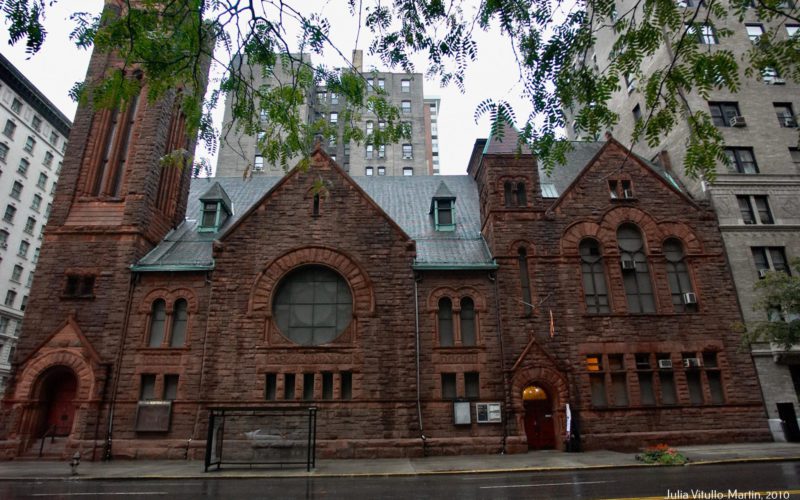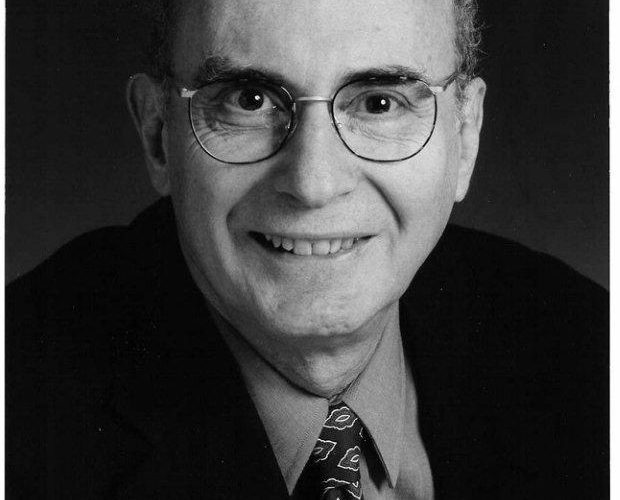Julia Vitullo-Martin, Untapped New York, May 26, 2022
It’s possible that one of Manhattan’s most beautiful landmarked churches will soon be razed to the ground and replaced with a 19-story glass tower. Commanding an important corner on the Upper West Side, West Park Presbyterian Church opened in 1890, the original chapel having been designed by Leopold Eidlitz, architect of the renowned Temple Emanu-El on Fifth Avenue, and the larger church by Henry Kilburn. It “is considered to be one of the best examples of a Romanesque Revival style religious structure in New York City,” wrote the Landmarks Preservation Commission in its January 12, 2010, official designation of the church as an individual landmark. It joined dozens of other individual landmarks in the West Side’s multiple historic districts, despite the church having lobbied heavily in the late 1980s for its exclusion from a district designation.
The designation report went on to say, “The extraordinarily deep color of its red sandstone cladding and the church’s bold forms with broad, round-arched openings and a soaring tower at the corner of West 86th Street and Amsterdam Avenue produce a monumental and distinguished presence along those streets.” Remarkably enough in our ever-changing city that modifies and changes buildings constantly, West Park Presbyterian Church “has been little altered since 1890,” says the Landmarks Commission.
Citing economic hardship, the church’s owners have applied to the commission for de-designation, proposing to sell to a developer, Alchemy Properties, which plans to bulldoze the building and construct a 19-story tower. “There is a tendency to assume that religious properties will survive or remain unchanged,” wrote Landmark West! president Page Cowley in 2009, “as though they were immune to the boom and bust cycles of urban property development.” But New York learned long ago that isn’t true. “It is a tragic situation,” says architectural critic Paul Goldberger, “since it is hard to dispute the reality of the congregation’s circumstance.”
Now down to 12 or fewer members, the congregation has no pastor and almost no financial resources. Yet it seems to have made little effort to sell the building to an entity that would re-use and restore it. That is the church’s prerogative, of course, under the American system of property rights. But demolition would be a desolate outcome for the city and for the neighborhood.
“I find it hard to believe that there is no other possible user,” adds Goldberger, “either another congregation or some cultural organization, but I have no way of knowing how hard the current congregation has tried to find an owner who would preserve the building to avoid the sale to Alchemy. With a deal in hand there is certainly no incentive for them to look at any alternatives other than that one.”
Peg Breen, president of the New York Landmarks Conservancy, which has not yet taken an official position, also wonders about the church’s outreach: “It’s not clear how hard they tried to find a partner. Obviously we’re sympathetic with the needs of historic religious buildings but given the state of the building, they knew this was coming down the road. We’re not saying there’s not a lot of work to do there but at some point did they sit down with the congregation and look at all the options?”
Read the full article in Untapped New York.



